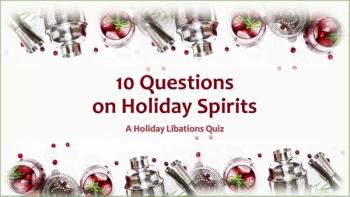
Banding of Bleeding Esophageal Varices
A 66-year-old man presented to the emergency department complaining of vomiting “coffee ground” emesis for 3 days. His history revealed chronic alcoholism for the last 30 years.
A 66-year-old man presented to the emergency department complaining of vomiting “coffee ground” emesis for 3 days. His history revealed chronic alcoholism for the last 30 years.
Drs Gamil Kostandy, Salama Salama, Maged Ghaly, Hesham Taha, and Bruce Sosler of New York Methodist Hospital in Brooklyn found the patient to be severely hypotensive, with a blood pressure of 80/60 mm Hg. The initial complete blood cell count revealed a hemoglobin level of 5 g/dL. A packed red blood cell transfusion and intravenous fluids were administered immediately, and the patient stabilized hemodynamically.
An emergency endoscopy was performed, which demonstrated bleeding esophageal varices (A) and a gastric ulcer (B and C). The esophageal varices were banded (D and E), which effectively controlled the bleeding.
A histamine H2 receptor–blocking agent was prescribed for the gastric ulcer. Within a week, the patient's hemoglobin level rose to 10 g/dL, and he was discharged.
Newsletter
Enhance your clinical practice with the Patient Care newsletter, offering the latest evidence-based guidelines, diagnostic insights, and treatment strategies for primary care physicians.































































































































































































































































































































